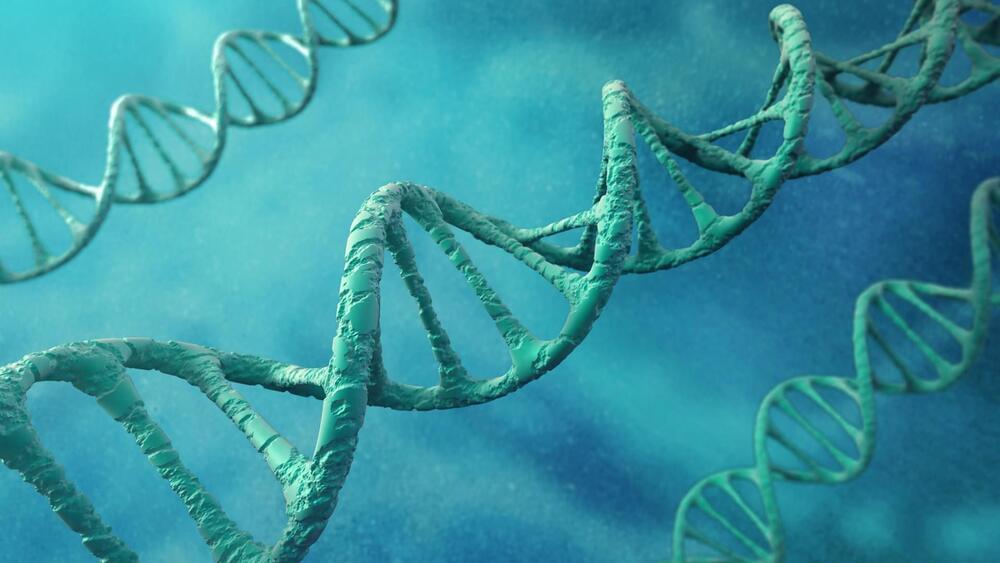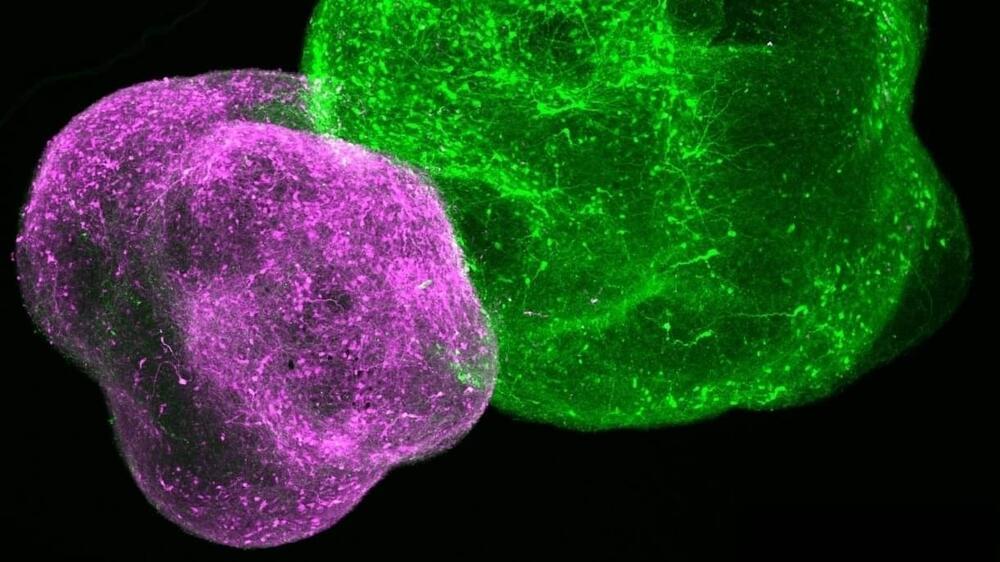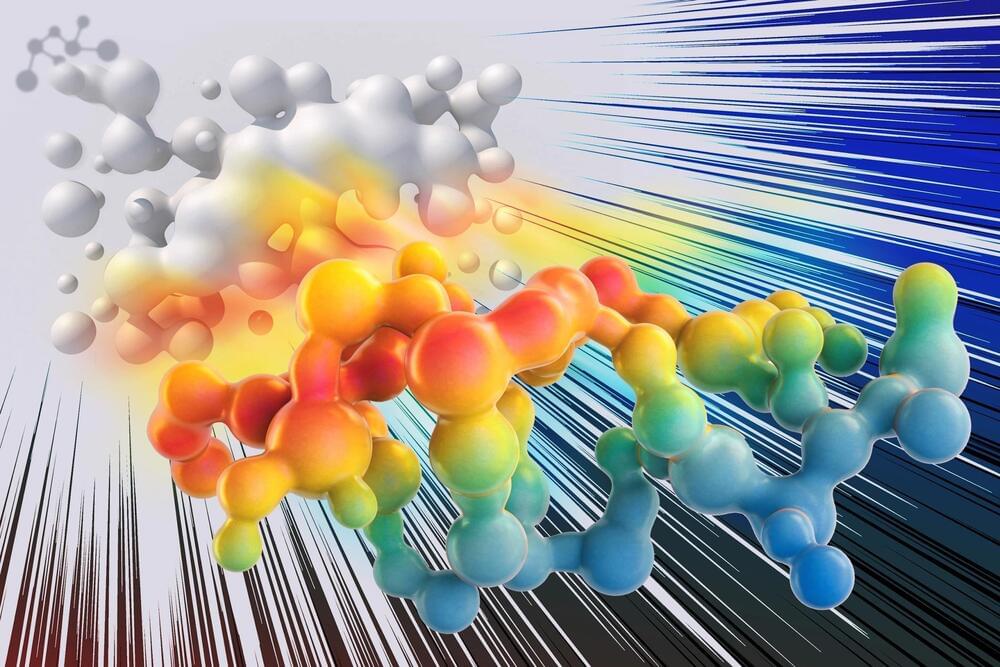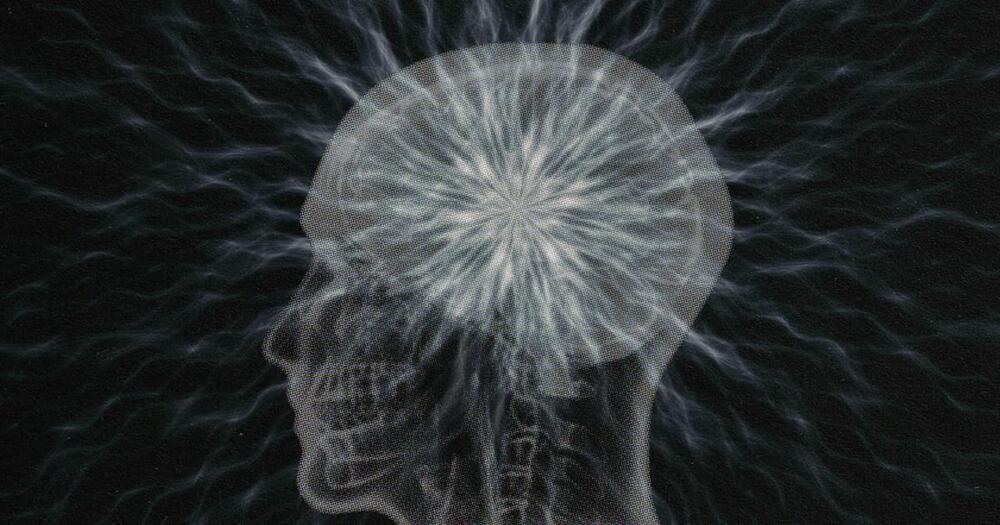May 6, 2024
One in 50 people ‘almost guaranteed to develop new type of Alzheimer’s disease’
Posted by Paul Battista in categories: biotech/medical, genetics, neuroscience
ONE in 50 people could be at risk of a new type of genetic dementia, according to a study.
Researchers found people carrying two copies of the APOE4 gene mutation are “almost guaranteed” to develop Alzheimer’s in old age.

















